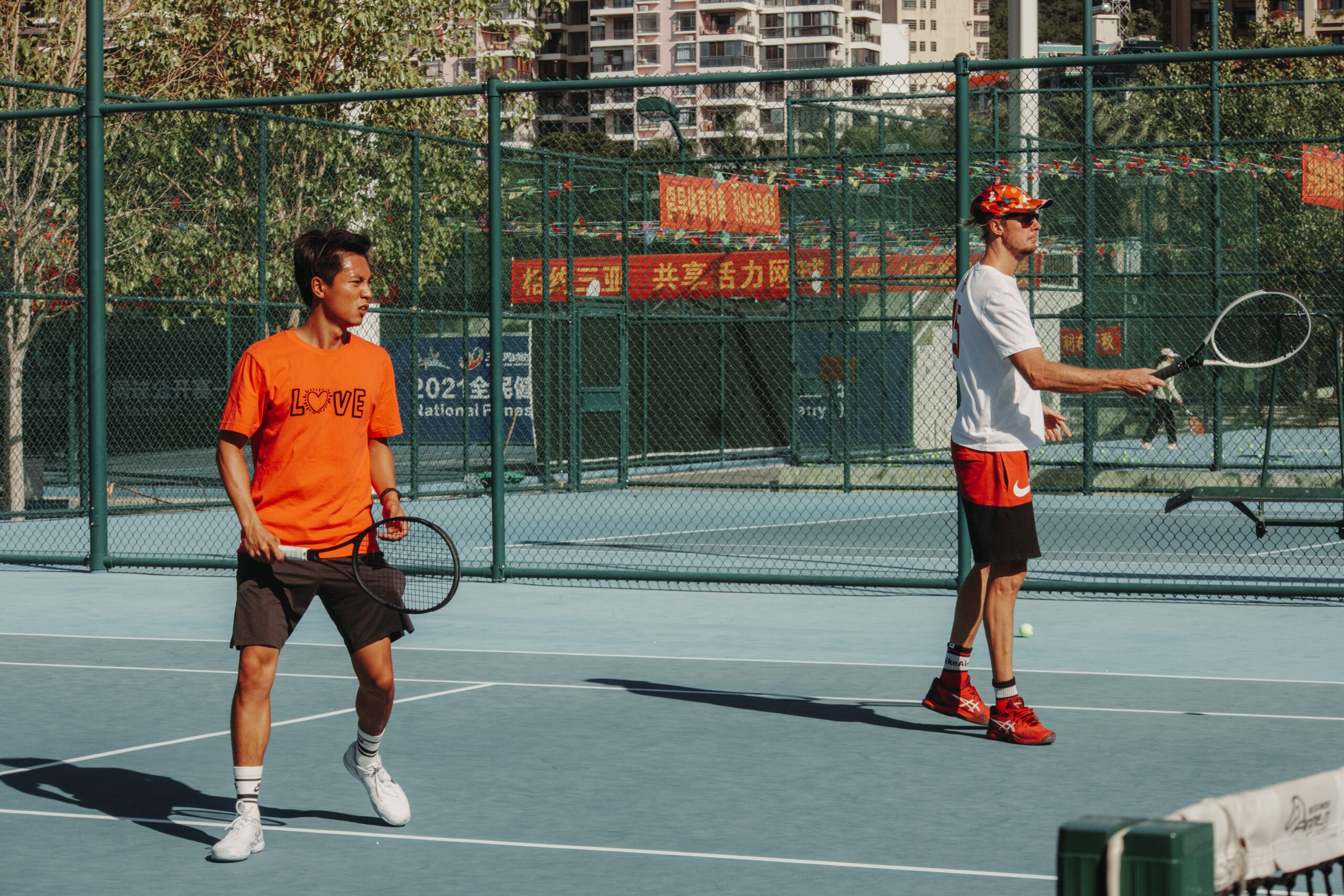Tennis is a fantastic sport that can be enjoyed by people of all ages, including children. If you’re a tennis enthusiast and you want to teach your child to volley effectively in tennis, you’re in the right place. Volleying is a crucial skill in tennis and can make a significant difference in a match. In this comprehensive guide, we’ll explore the various aspects of teaching your child to master this skill effectively. Let’s dive in!
The Importance of Volleying in Tennis
Before we get into the specifics of teaching your child to volley, it’s important to understand why volleying is such a vital skill in tennis. Volleying is the act of hitting the ball before it bounces on your side of the court. Here are a few reasons why it’s crucial:
Net Advantage
Volleying allows your child to take control of the net, which can be a significant advantage in a tennis match. Being close to the net puts them in a dominant position and allows them to dictate the pace of the game.
Offensive Play
Volleying can be a powerful offensive weapon. Your child can put pressure on their opponent by aggressively volleying the ball, making it challenging for their opponent to respond effectively.
Saving Energy
When your child learns to volley effectively, they can conserve energy during a match. Volleying enables them to finish points quickly, reducing the need for long rallies that can be physically demanding.
Versatility
Mastering the volley makes your child a more versatile player. They’ll be able to transition between baseline play and net play seamlessly, making them a well-rounded tennis player.
The Fundamentals of Volleying
Now that we understand the importance of volleying, let’s explore the fundamentals your child needs to grasp to become a proficient volleyer.
Ready Position
Teach your child the proper ready position for volleying. They should be on their toes, with knees slightly bent, holding the racket in front of them. Their non-dominant hand should be on the throat of the racket, and their dominant hand should be near the base of the grip.
Eye on the Ball
Stress the importance of keeping their eyes on the ball at all times. Encourage your child to focus on the ball and anticipate its trajectory, which will help them react more quickly.
Footwork
Proper footwork is essential for volleying. Teach your child to make small, quick steps to adjust to the ball’s position. They should be light on their feet, ready to move in any direction.
Swing Technique
Explain the proper swing technique for volleys. Emphasize a short, compact swing, and teach your child to use their wrist for control. The goal is to keep the ball low and controlled.
Drills and Practice
Practice is key to improving any tennis skill, including volleying. Here are some drills and tips to help your child develop their volleying abilities:
Wall Volley Drill
Have your child stand near a wall and practice volleying against it. This drill helps improve their control and reflexes.
Mini Tennis
Play mini tennis with your child, which involves using a smaller court and softer balls. This will help them get comfortable with volleys in a more controlled setting.
Target Practice
Set up targets on the court and challenge your child to hit specific spots with their volleys. This helps improve their accuracy.
Live Ball Practice
Engage in live ball practice where you hit balls to your child, and they volley them back. This simulates real match situations and helps them adapt to different ball trajectories.
Mental Aspects of Volleying
Volleying isn’t just about physical skills; it also requires mental strength. Teach your child the following mental aspects of effective volleying:
Anticipation
Encourage your child to anticipate their opponent’s shot and position themselves accordingly. This can give them a split-second advantage in reacting to the ball.
Confidence
Instill confidence in your child’s volleying abilities. Confidence can make a massive difference in their performance at the net.
Focus
Stress the importance of focus. Volleying requires quick decision-making, so your child needs to stay concentrated on the task at hand.
Stay Relaxed
Remind your child to stay relaxed when volleying. Tension can affect their control and accuracy.
Common Mistakes to Avoid
In the process of teaching your child to volley, watch out for these common mistakes:
Overhitting
Many young players tend to overhit volleys. Emphasize control over power.
Poor Footwork
Address any footwork issues early. Proper footwork is essential for positioning and balance.
Lack of Patience
Volleying can be fast-paced, but remind your child to be patient and wait for the right opportunity to attack.
Neglecting the Non-Dominant Hand
Make sure your child is using their non-dominant hand correctly on the racket to add stability and control.
Conclusion
Teaching your child to volley effectively in tennis requires patience, practice, and a focus on both the physical and mental aspects of the game. As a parent or coach, your support and guidance play a vital role in helping your child become a skilled volleyer. Remember that consistent practice and a positive attitude are key to success in tennis. With dedication and the right techniques, your child can become a formidable volleyer on the tennis court. So, grab your rackets, hit the courts, and have fun teaching your child this essential tennis skill!





